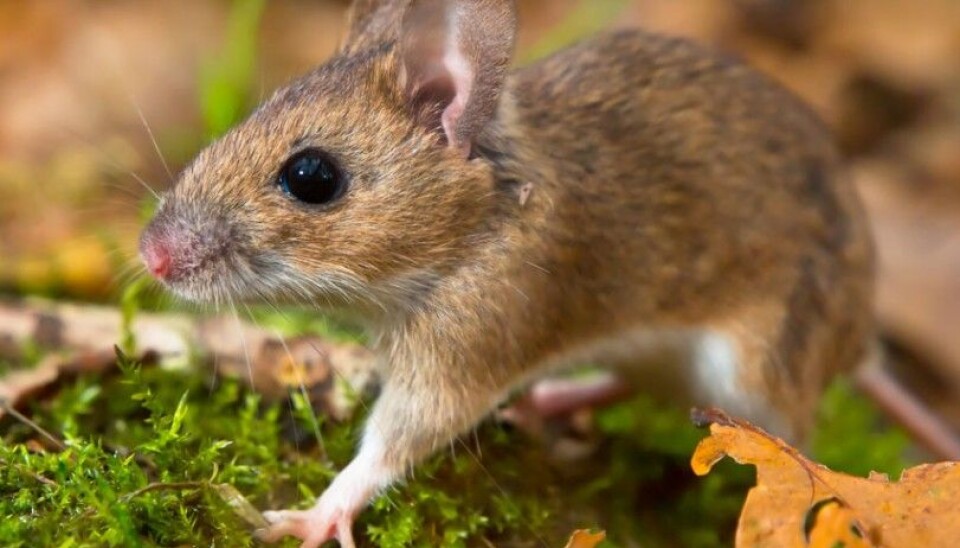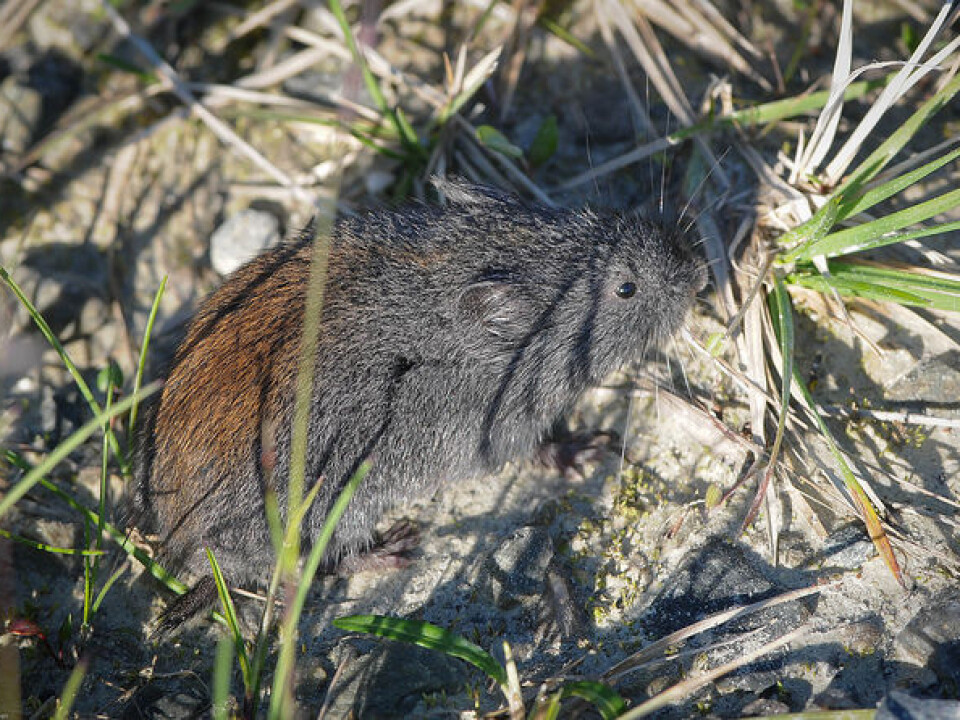
Mice population explodes
The mouse population has spiked in southern Norway this year. Scientists have rarely seen such increases.
Denne artikkelen er over ti år gammel og kan inneholde utdatert informasjon.
The current population of mice in areas of southern Norway is a hundred times higher than when mice are having an off year.
Right now, each dekar (1,000 square metres) of forest floor in parts of southern Norway is home to 70 to 100 mice on average.
Measured as biomass, the weight of these small creatures probably exceeds the total current biomass of every moose and roe deer in the Norwegian forest.
Northern Norway is also seeing more mice than usual.
Wood lemmings, bank voles and field voles

Researchers at Finnskogen in Hedmark County have been recording observations of small rodent populations for 30 years.
We contacted Jørund Rolstad of the Norwegian Forest and Landscape Institute. He and his scientific colleagues have been observing the populations of small rodents for three decades and noting how their gains and losses affect creatures up the food chain, such as large forest birds.
“In the course of all these years we’ve rarely seen as many mice in the woods as this summer,” Rolstad said.
“There are lots of bank voles and field voles now. But wood lemmings are also proliferating this year, which is a phenomenon we only observe every ten to fifteen years.”
Rolstad says lots of hikers in South Hedmark County have asked about the identity of the strange bluish-black mice they find dead on forest paths or in streams. These, he says, are wood lemmings.
“It’s been said that predators kill wood lemmings and common lemmings, but don't eat them because they taste so bad. This could be a reason why hikers are seeing so many dead wood lemmings,” he said.
However, Rolstad added, no one has ever actually tested to see if lemmings taste foul to other animals, so it is only speculation.
Why so many mice?
Why are there so many mice this year?
Winter snow amounts are a key factor in regulating mice populations. If the forest floor is well covered in snow, more mice survive under its insulating layer. If winters are less stable, with plenty of rain and/or frigid temperatures, more mice are bound to perish.
Scientists are fairly certain about that.
But other than that rule of thumb, they know little about what’s behind the phenomenon of a good year for small rodent populations.
Rolf Anker Ims, a rodent specialist at the University of Tromsø, says a great deal of international research is focused on the subject.
Scientists are also curious about these population spikes simply because they are so poorly understood.
“Many population ecologists are investigating the phenomenon. Small rodents play a major part in the ecosystem, with regard to vegetation and in their roles as food for predators. So we should work to have a better understanding of the reasons for their population booms and busts,” says Ims.
He adds that humans have a very self-centred reason for wanting to understand rodent population dynamics, because small rodents can also carry disease. Some of these diseases, such as the Puumala virus and tularemia, can pose significant risks to human health.
Translated by: Glenn Ostling






























